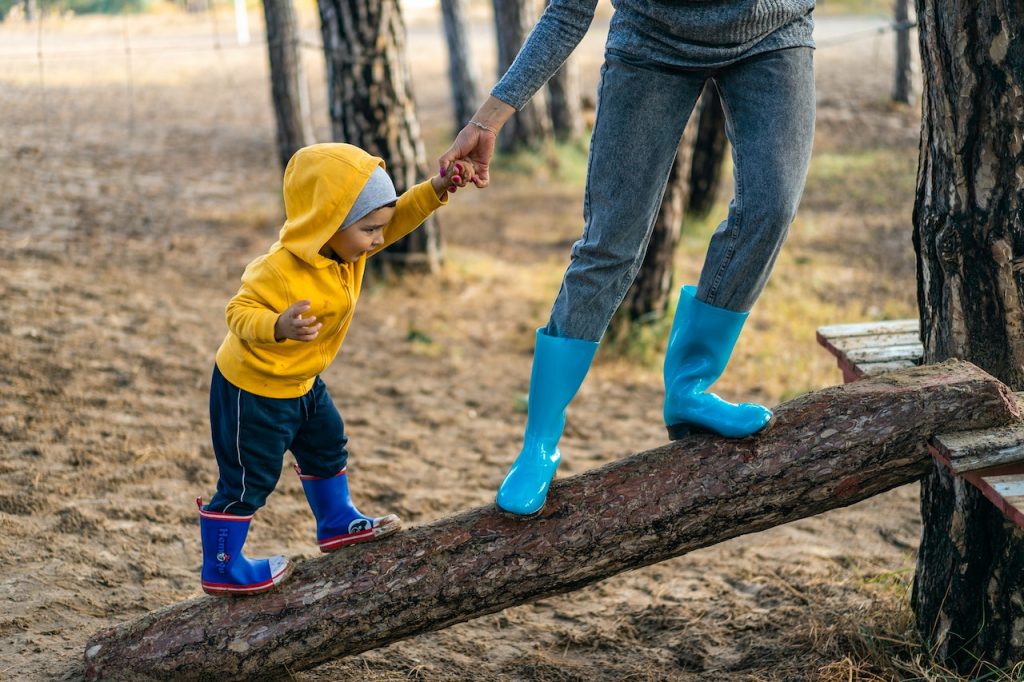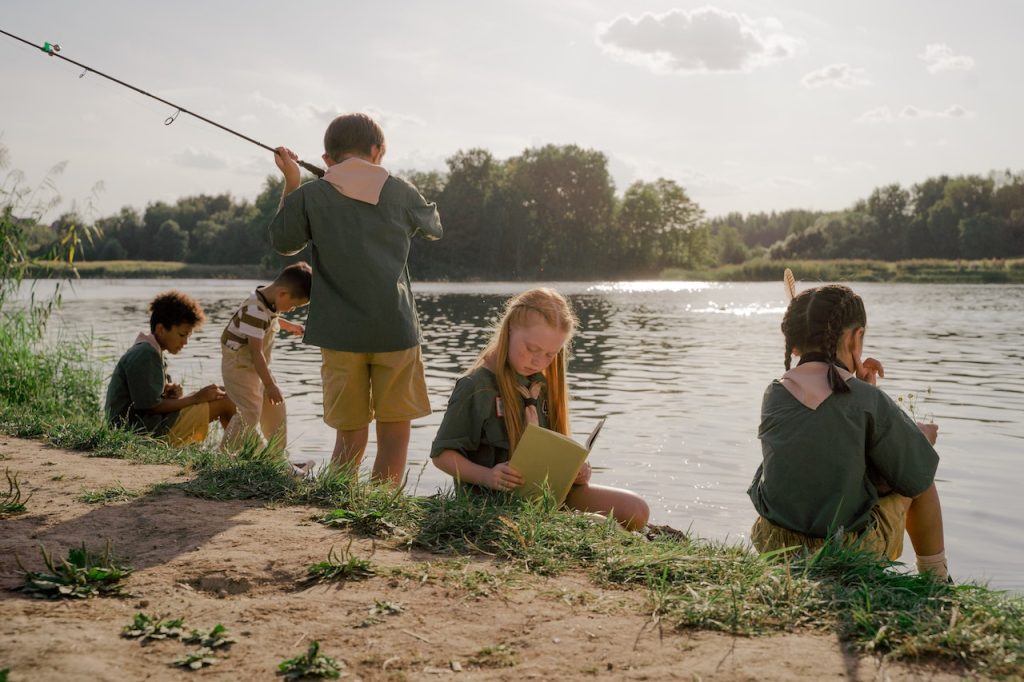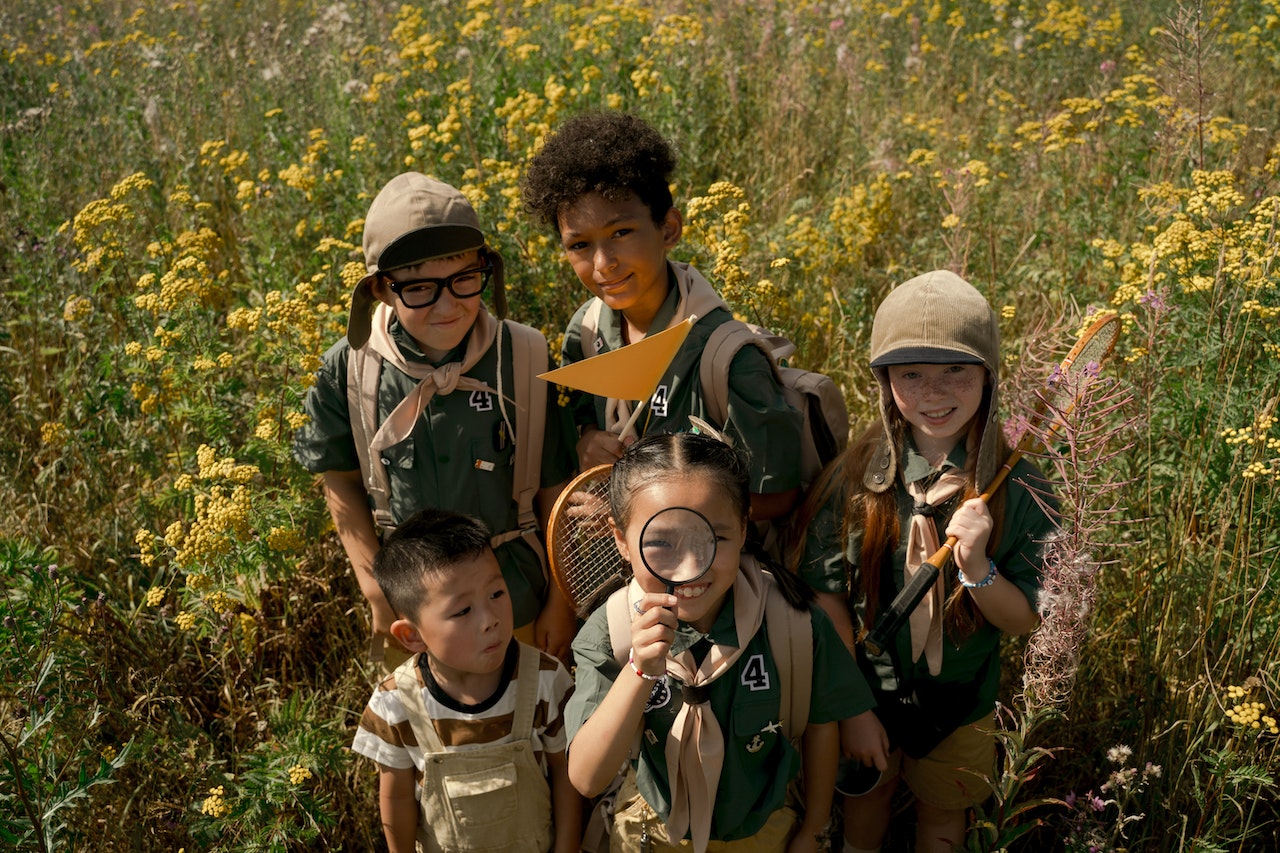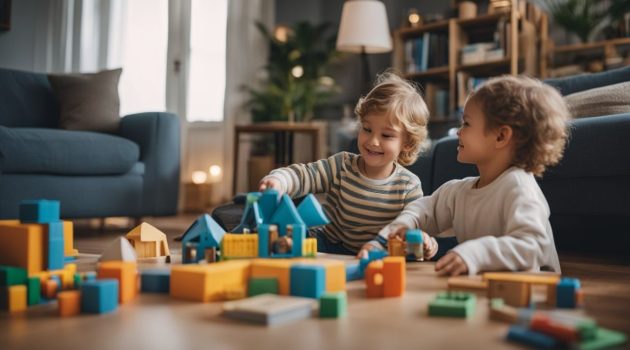In our technology-driven world, encouraging children to connect with nature is essential for their well-being.
Combining physical activity and environmental education offers children opportunities to interact with the environment, develop crucial skills, and stay active.
Let’s dive into the various ways to achieve this goal and the associated benefits it offers.
1. Enhancing Children’s Development: Benefits of Integrating Physical Activity and Environmental Education
Integrating physical activity and environmental education offers a holistic approach to children’s development, nurturing their physical, mental, and emotional well-being.
Check out the numerous benefits of combining these two essential components in fostering a well-rounded and environmentally conscious generation.
Enhanced Cognitive Development
Combining physical activity and environmental education allows children to engage in experiential learning, which helps improve their cognitive skills, problem-solving abilities, and critical thinking.
Outdoor activities provide opportunities for hands-on experiences, connecting abstract concepts with real-life situations.
Improved Physical Health
Engaging in outdoor physical activities promotes overall physical health, helping children maintain a healthy weight, build muscle strength, and develop cardiovascular endurance.
It also encourages an active lifestyle from an early age, which can reduce the risk of chronic diseases later in life.
Emotional and Mental Well-Being
Outdoor activities and environmental education can help reduce stress and anxiety in children, promoting a sense of calm and relaxation.
Exposure to nature has been shown to improve mood, boost self-esteem, and increase resilience, contributing to better mental health.
Connection to Nature
Combining physical activity with environmental education fosters a deeper connection to the natural world.
This connection can instill a sense of appreciation and respect for the environment, leading to more environmentally conscious behaviors and a greater sense of stewardship for the planet.
Development of Social Skills
Participating in group activities outdoors, such as environmental projects or team sports, helps children develop important social skills, including communication, teamwork, and collaboration.
The fusion of physical activity and environmental education provides a multitude of benefits for children’s overall development and fosters a strong connection to the natural world.
By incorporating these elements into their daily lives, we can cultivate a healthier, more sustainable, and environmentally responsible future generation.
2. Merging Fun and Nature in Playgrounds

Playgrounds are effective in blending physical activity with environmental education.
They offer diverse physical activities through various playground equipment, from kid-friendly metal swing sets to jungle gyms, and often incorporate natural elements like trees, rocks, and water features, promoting environmental learning.
Including nature-inspired playground features can help children learn about the natural world while enjoying physical challenges.
3. Nurturing Responsibility and Environmental Awareness through Beekeeping
Beekeeping at home is an excellent way to teach children about the environment and the essential role bees play in pollination and honey production.
By acquiring honey bees for sale and setting up hives in your backyard or joining beekeeping projects in the community, you can significantly impact children’s understanding of the environment and their role in protecting it.
This hands-on experience also helps develop responsibility, teamwork, and problem-solving skills.
4. Encouraging Outdoor Exploration: Tips and Ideas

To promote outdoor engagement and environmental education, parents and educators can employ the following strategies:
- Make outdoor time a priority. Schedule regular outdoor activities like park visits, nature walks, or backyard games.
- Incorporate nature into playtime. Choose play areas with natural elements and encourage children to explore these features.
- Participate in community gardens or urban farms. These projects teach children about gardening, agriculture, and environmental stewardship.
- Start a small-scale beekeeping project. Even with limited outdoor space, a few hives can teach children about the environment and develop essential skills.
- Take field trips to natural areas. Visiting local parks, nature reserves, or other natural areas provides opportunities for exploration and environmental learning.
Fostering a love for the outdoors in children can lead to a lifetime of appreciation for nature and a deeper understanding of their role in protecting the environment.
Incorporating these engaging tips and ideas into their daily lives can help parents and educators effectively nurture a generation of environmentally conscious and responsible individuals.
Parting Thoughts
Combining physical activity and environmental education fosters children’s holistic well-being by promoting their mental and physical health and connection to the environment.
Engaging children in outdoor activities, such as playground exploration, beekeeping, or community gardens, helps them develop essential skills and learn about the natural world.
As parents and educators, it is crucial to prioritize outdoor experiences and environmental education, empowering children to become well-rounded individuals who appreciate and protect the world around them.
By adopting these strategies, we can nurture a generation of environmentally conscious, active, and healthy young people ready to face future challenges and contribute positively to society.



